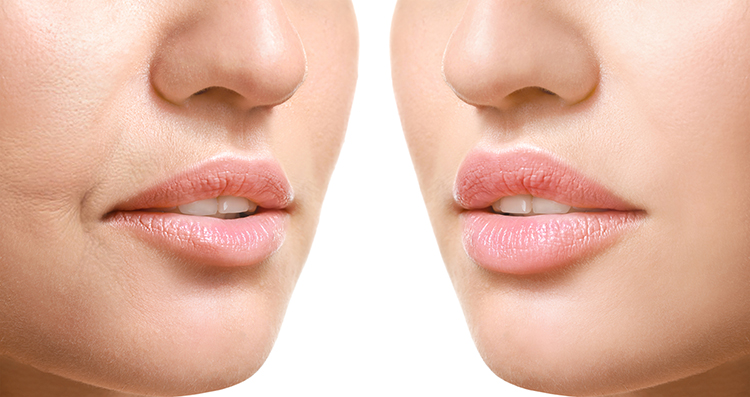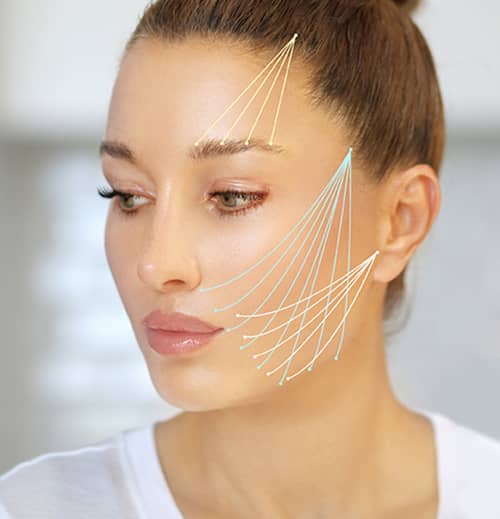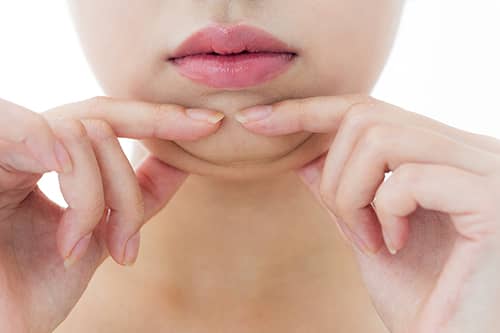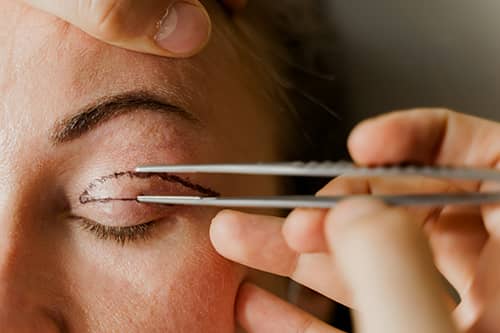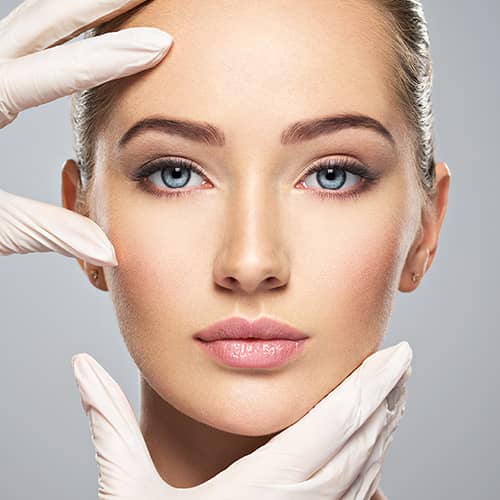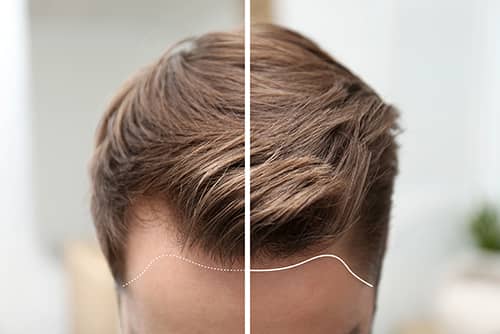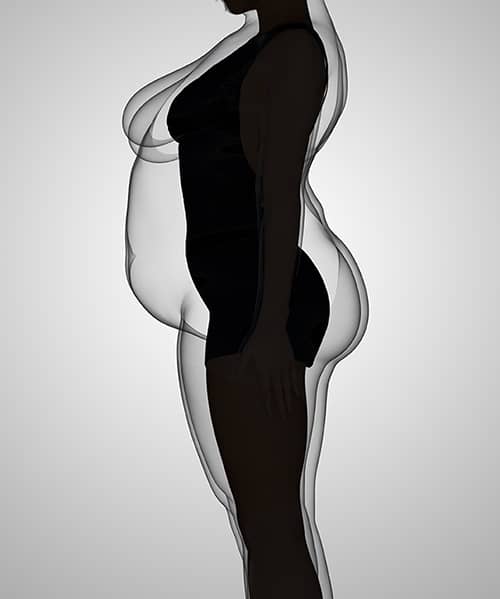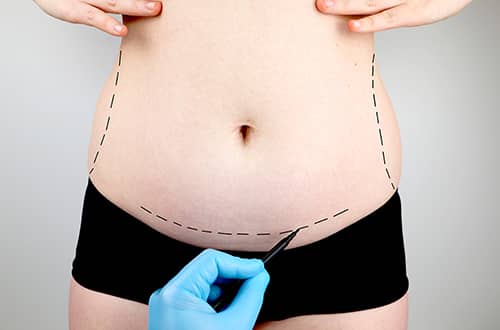Mommy Makeover?
What Is Mommy Makeover?
Pregnancy is a special, troublesome, and yet miraculous process for all mothers to be during which emotionally and hormonally changes occur and body and organs physically change. All mothers want to experience pregnancy in good health and hold their baby in their arms. On the other hand, the postpartum period is just a troublesome, self-sacrificing, and warmhearted process.
Some mothers are genetically lucky. They do not have to make any special efforts after giving birth, after a few months and their body recovers and almost returns to normal (what it was like before pregnancy). Some accomplish this with exercise and healthy diet in company with a dietitian and finish the rest with a surgeon’s touch. (That said, one should avoid going on hard-core diets or doing intensive sports without consulting their doctors first).
Some mothers aren’t as lucky – genetically, physically, and skin-wise. They may gain enough weight and use the cosmetic products recommended by their doctor, and yet they may be still unable to prevent themselves from sagging, deformations, skin cracks, a loose abdominal wall, or still looking pregnant or fat in the abdomen after they’ve given birth.
Looking after your baby requires compassion, effort, and self-devotion. Sleepless nights, crying crises, gas pains, and breastfeeding will all psychologically and physically exhaust mothers. It’s wrong to think that they will revert to their old physique as soon as possible. What’s important is that mother and baby are both healthy and happy. Their body needs time to recover. Unfortunately, we don’t recommend for you to undergo surgery if you’ve just given birth and are still breastfeeding. After your bodies get out of the effects of hormones and pregnancy and the breastfeeding process ends, you can be examined and the necessary operations can be planned.
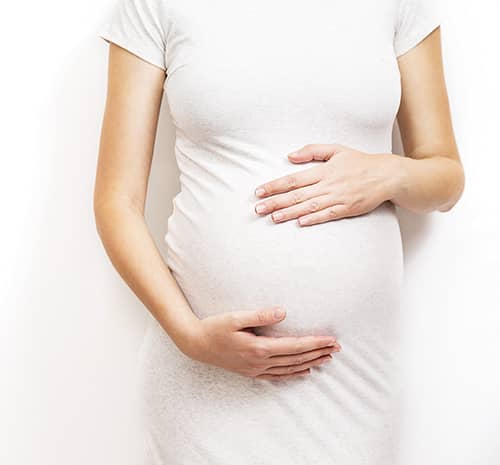

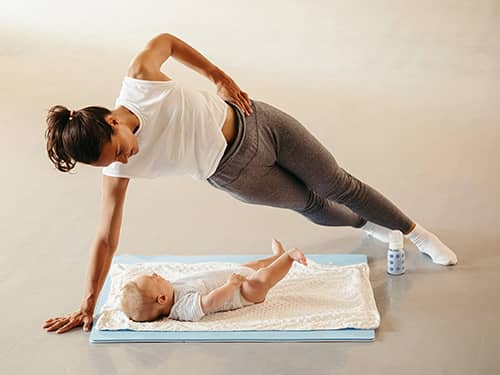

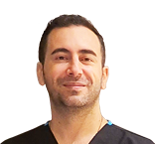

Ask The Doctor...
Becoming a mother is a miracle, not to mention an emotional period that requires immense self-devotion. You end up with the most beautiful gifts in the world. As you hold that gift in your hands, you don’t have to give your beauty, sex appeal, sex life, or your self-confidence (when you look at yourself in the mirror) up. If you do your part first, and let us add the finishing touches with a bit of plastic surgery, then it is possible for you to be both a mom and a stunning goddess.
Dr. Yavuz OZSULAR


You may encounter with:
- Sagging and loose abdominal skin
- Cracks on your abdomen, breasts, legs, and butt
- Sagging and asymmetrical breasts
- Loss of volume in your breasts
- A weak abdominal wall (rectus diastasis)
- Sagged or enlarged vagina
- Regional lipoidosis around abdomen or body parts
Collapses and deep scars where you’ve had a cesarean scar.
You may develop sagging and loose abdominal skin due to:
- Giving birth to twins or triplets
- Having had multiple and successive deliveries
- Having gained a large amount of weight during pregnancy
- The birth weight of your baby
- Your physique, age, height, and/or skin quality.
Neither diet nor exercise and fix skin sagging after pregnancy – only surgery can physically removing it. Dr. Ozsular will examine you first, listen to your complaints and expectations, and plan an operation that is suitable for you. This can include:
- Mini abdominoplasty
- Full abdominoplasty
- Liposuction and abdominoplasty
All these procedures are conducted under general anesthesia at the hospitals.
During any one of them, doctors will cut away and remove your excess skin and reshape your naval. Next, they will repair any loose or deformed abdominal muscles. The result is slimmer, curvier waist. If planned, they may remove some of your fat as well to thin your waist out and flatten your abdomen.
In the latter procedure, they’ll remove fat from you via liposuction, accumulate it in a closed and sterile environment, process and purify it, and then inject it into your breasts. This transferred fat contains abundant stem cells that will boost tissue quality and vitality in the transfer area, and give this area to volume. 50-60% of the fat will remain in the body; the remaining portion will melt away.
They can use fat extracted to shape your hips again, add volume to your breasts, rejuvenate your genital area, make your face fuller and more defined, feed your face stem cells, make you look younger, fill your under-eye pits, reduce dark circles under your eyes, and smooth out wrinkles around your eyes. These re-transferred adipose cells contain stem cells. It makes your face and body look younger when processed and applied correctly.
Many women also want to know whether their body will crack both during and after pregnancy. Everyone’s skin contains different levels of elasticity and moisture due to the nature of subcutaneous collagen tissue and ligaments. When becoming pregnant, women gain weight and experience hormonal changes, and their belly expands – all three of which stretching your skin. Some women’s skin never cracks even if they’ve had multiple pregnancies and without ever having used extra cosmetics. Other women aren’t nearly as fortunate. Everything depends on the nature of your skin structure. You can’t prevent cracks outright, but you can minimize their severity if you take some precautions.
You should only gain as much weight as your doctor deems appropriate. (Excessive weight gain will increase how much subcutaneous fat you have and cause your skin to stretch even more)
You also need to drink plenty of water. Water keeps your cells viable and moist. The more viable your cells are, the more elastic they are as well. Try to add up how much water you drink on average and consult your doctor for advice.
Applications that enhance the quality of your skin before pregnancy are pleasing. During pregnancy, you’ll only be able to moisturize the surface of your skin. However, before you get pregnant, you can boost how much collagen you have, thus supporting your skin’s elasticity. For example, if you’re planning on getting pregnant in a year from now, you can have dermapen, stem cell support, and laser treatment stimulating your collagen done– and thus to support skin and have a quality skin. What you can do is to exercise regularly and eat healthy.
Crack creams and moisturizing natural oils are very effective during pregnancy.
Provided that you consult your doctor first, you should also do pilates and take walks during pregnancy. This will have a positive effect on you.
If you do – or, due to a lack of time, can’t do – all/any of the above and your skin still cracks during pregnancy or after you’ve given birth, you still have other options. You instead may want to try going for regular laser treatment, Dermapen, chemical peeing (not while breastfeeding), and stem cell treatment to help heal your skin cracks. Note, whatever you do, it still isn’t possible to completely eliminate cracking. However, its therapeutic effect emerge as the sessions progress and thus, it helps your skin to recover. The cracks appear more pink and purple when they first occur. The therapeutic effect is maximum during this period.
Some mothers have saggy, asymmetrical breasts at the end of breastfeeding or pregnancy periods due to overdevelopment and lipoidosis of their breast tissue.
Moreover, some babies get used to sucking from one single breast. Many mothers tell us that no matter what they do their baby does not suck from the other breast, they try to give milk via milking method, and then the milk has gone dry from that breast, and they continue sucking from the other one. This in turn causes one breast to recover quicker than the other (which deforms due to greater strain). The resulting effect is breast asymmetry.
First, Dr. Ozsular will examine you and plan the surgery to correct all of these problems. During the procedure, he will try to shape your breasts so that they are (relatively) equal again. He’ll likewise lift them if sagging. If they lack form, he’ll give them volume either through implants or by injecting your own fat into them. These surgeries are performed under general anesthesia at the hospital environment. He’ll show utmost care to preserve your mammary glands; however, there is a possibility of reducing the amount of milk in the future. These procedures will leave some scarring that will fade over time and will be hidden behind your bras and bikinis – no one will see them, and you won’t need further surgery. Every time you look in the mirror, you’ll happy with your new, full, and raised breasts.
Some women’s breasts retain their fullness after pregnancy and breastfeeding while other women’s breasts swell during pregnancy and then unavoidably shrivel after they breastfeed.
Dr. Ozsular will examine you and plan surgery for you based on your expectations and needs. He either may reshape your breasts by injecting purified fat that has been removed via liposuction from elsewhere on your body. If you lack fat and want a more persistent result, he may place implants into you breast. He may even use your fat and implants to give you more striking results. None of the above will affect your ability to breastfeed later if you have another baby, because surgery won’t make any contact with your mammary glands or lactiferous ducts. However, lifting or implants alone may not be enough to lift breasts that have sagged and excessively ptosis. Lifting alone won’t give your breast fullness and your upper part and decollete region emphasis since your breast do not have sufficient volume. Likewise, an implant alone will give you volume but won’t correct the sagging. Therefore, you may need both for better results.
These procedures are performed under general anesthesia at fully-equipped hospitals.
Although the scars developing after the surgery vary according to the procedure, there are as many small incisions as possible and these incisions fade over time. In addition, since the incisions are made in the lower fold of your breasts and bikini area – nobody will be able to see them.
Regardless of whether the abdominal muscles are very strong before pregnancy or not, they run parallel to each other from beneath your breasts down to your groin area in adjacent manner. In medical language, these muscles are called as rectus abdominis and they form your anterior abdominal wall. In order to make room for your growing fetus during pregnancy, those muscles loosen. However, if your baby is too big, you’ve had more than one pregnancy, or your muscles aren’t strong enough, the membrane holding your rectus abdominis muscles together ruptures, separates, and widens. This condition is called rectus diastasis. Your stomach pushes on these muscles and settles forward. Since your stomach cannot be suppressed, you feel full late, and your stomach continues growing. The result is a saggy abdomen that (still) looks pregnant or swollen due to lipoidosis in the area, your stomach being unable to retract itself, your muscles being unable to push your intestines back in.
Dr. Ozsular will examine you, listen to your complaints and expectations, and help plan a treatment for you. First, he’ll operate on your abdominal muscles to tighten them closer together - thus sliming your waist and flattening your abdomen. This procedure takes approximately 1 to 2 hours.
He may plan abdominoplasty if you have any excess skin on your abdomen.
During your examination, additional operations for your needs can be planned according to your expectations and complaints.
Your vagina is also affected by the hormone changes that take place during pregnancy. The vagina may swell, sag, sweat, and even darken around the lips. This in turn can make you feel embarrassed both socially and sexually.
Mons pubis is located between cesarean suture scar and vaginal lips and this region includes clitoris (one of women’s pleasure points). If it swells and sags, it squishes your clitoris and thus blocks you from getting any pleasure out of sex. It will also be visible from your bikini and swimsuit when swimming (how annoying!). Our goal through surgery is to reshape your mons pubis region and restore its visual esthetic.
By correcting the sagging around your vagina’s inner and outer lips (labias), your vagina’s darkish color, sweating, wetness, and any bacterial growth will automatically disappear. In its place, you’ll have a clean and visually appealing vagina again.
Your g-spot is located in the anterior part of the upper wall of your inner vagina (2-3 cm inside) and allows you to have an orgasm. When the skene’s glands are stimulated, they secrete and give you sexual pleasure. With delivery and the secreted hormones, the prominence of that area decreases and the desire for sexual pleasure also decreases. After women have given birth, they start to worry that they won’t be able to enjoy sex like they used to and they won’t satisfy their partners either. For the G-spot filling, local anesthesia is first applied to that area and hyaluronic acid filler or stem cell-rich fat is injected into the numb area, making that area more prominent and increasing pleasure at the time of sexual contact. It is a simple and practical procedure. It’ll increase your sexual pleasure and make it easy for you to have an orgasm again.
Another common problem women face after they given vaginal delivery is that their vaginal wall expands and deforms. Incorrect episiotomy sutures can also exacerbate the issue. To correct this, this wall can be contracted either via surgery or through laser treatment. Dr. Ozsular will plan the right option for you depending on the extent of deformation and your expectations.
The application of stem cells to the genital area will also boost the vitality of the area, enhance the tissue quality, and rejuvenate it. First, the fats taken via liposuction are collected in a closed and sterile environment and purified by special processes to obtain stem cells. It is then passed through the filters from which only stem cells can pass. The fibroblast cells in the stem cells obtained add rejuvenation and vitality to the area where they are transferred.
Some women, by the time they reach ninth month of pregnancy, have given time themselves and their bodies better and come to understand that what they’ve been through is a phase/transition. They likewise stay active but don’t do vigorous sports, they are careful about every step they take, they take extra vitamins and other meds for their blood, and give priority to their baby in feeding. Some other mothers can’t wait to return back to their old bodies. As soon as they have their babies, they immediately begin dieting and exercising, but some forget to stop and breathe whilst looking after their babies.
Our advice for mothers is to take time out for themselves and their babies during the first months after they give birth, and gradually involve exercise and a moderate diet (under the guidance of a dietitian) back into their lives. As soon as they are over with breastfeeding, they’ll leave puerperium and return to normal. If you still can’t lose weight in spite of diet and exercise, then you should consult a doctor to have your thyroid and blood values checked. Moreover, if your physical appearance still isn’t where you want it to be and you still have regional lipoidosis, we can remove fat as much as up to averagely 5% of your body weight liposuction and reshape you. After you give birth, fat around your waist and thighs will become even more obvious as you lose weight and push downwards. We will trim down your waist, your cesarean area, remove excess fat around your abdomen and thighs (inner legs), and reshape your hips (including making your hips look higher, rounded, and fuller).



